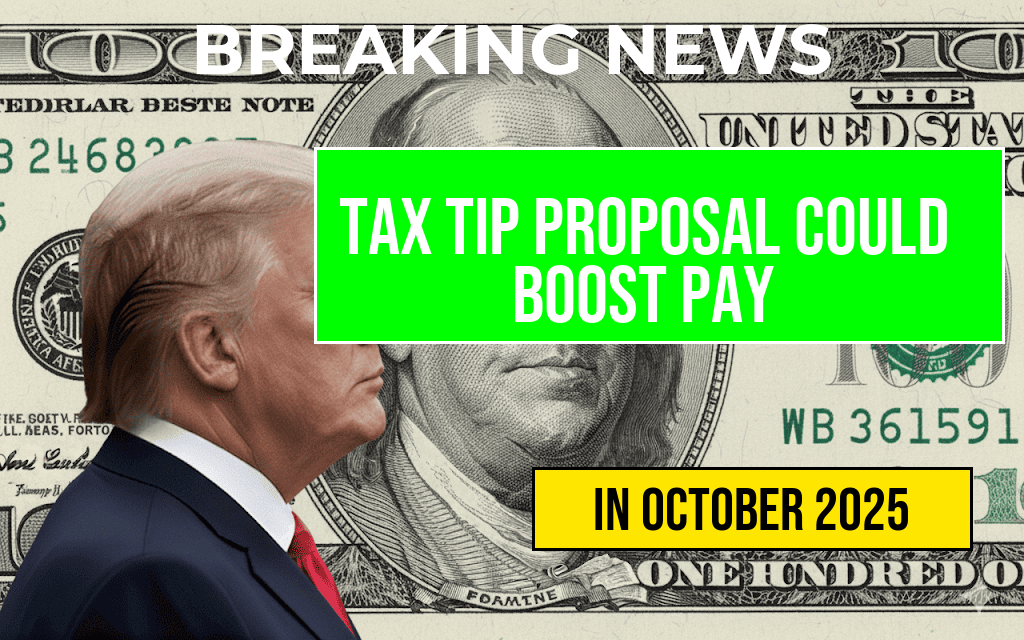Federal Workers Confront Dual Pay Gaps: GS-12 Employees Could See a $4,000 Reduction — What They Need to Know
Federal employees, particularly those at the GS-12 level, are facing a significant financial challenge as two overlapping pay gaps threaten their earning potential. Due to recent policy shifts and budget constraints, some workers stand to lose up to $4,000 annually. This situation stems from a combination of delayed pay adjustments and ongoing budget negotiations within government agencies. With the possibility of reduced paychecks, many employees are seeking guidance on how to navigate this uncertain landscape. Experts suggest that understanding the underlying causes, exploring available options, and engaging with human resources can help mitigate some of the financial impacts. As government agencies continue to work through these issues, federal workers are advised to stay informed and proactive in managing their financial health amidst these unprecedented pay concerns.
What Are the Causes Behind the Pay Gaps?
The current pay disparities for federal workers originate from two main factors: delays in implementing scheduled pay increases and revisions to pay scales tied to inflation adjustments. Specifically, the General Schedule (GS) pay scale, which covers a broad swath of federal employees, has not been updated uniformly across agencies this year. While Congress approved a pay raise for federal workers, bureaucratic delays have postponed the effective date, leaving many employees earning below the adjusted rates.
Additionally, inflation adjustments, which typically help preserve purchasing power, have been subject to political negotiations. This has resulted in some agencies withholding or delaying these adjustments, effectively creating a pay gap compared to what employees would have earned under regular updates. For GS-12 employees, these delays can amount to a loss of approximately $4,000 per year, a significant dent in their annual income.
Impacts on GS-12 Employees and Broader Federal Workforce
| Pay Gap Factors | Estimated Loss |
|---|---|
| Delayed annual pay raise | $2,000 – $3,000 |
| Inflation adjustment postponement | $1,000 – $1,500 |
| Total Estimated Loss | $4,000 |
While GS-12 employees are most directly affected, the ripple effects could extend to other pay grades and federal benefit calculations. Uncertainty around pay rates may also impact morale and recruitment efforts within federal agencies, which are already grappling with staffing shortages and budget constraints.
Next Steps for Federal Employees Concerned About Pay Gaps
1. Review Your Pay Statements and Agency Communications
- Ensure your recent pay statements reflect the most current rates.
- Check official notices from your agency regarding pay adjustments or delays.
- Document any discrepancies for future reference.
2. Engage with Human Resources and Supervisors
- Reach out to your HR department to clarify how recent policies affect your pay.
- Request written confirmation of any pending adjustments or delays.
- Ask about possible remedies or transitional support programs.
3. Explore Financial Planning Options
- Reassess your budget to accommodate potential income fluctuations.
- Consult financial advisors familiar with federal benefits and retirement planning.
- Investigate options for short-term financial assistance if needed.
4. Stay Informed Through Reliable Channels
- Follow updates from the Office of Personnel Management (OPM) for official announcements.
- Monitor news from reputable outlets covering federal workforce issues, such as Forbes.
- Participate in agency town halls or feedback sessions when available.
Policy Outlook and Advocacy Opportunities
Federal employees and their representatives are actively engaging lawmakers to address these pay gaps. Advocacy groups are urging Congress to expedite pay adjustments and ensure inflationary increases are implemented promptly. Some lawmakers are proposing legislation to lock in annual pay raises and prevent future delays, emphasizing the importance of maintaining fair compensation for federal workers who serve vital roles across government agencies.
For employees seeking to make their voices heard, participating in union activities or contacting congressional representatives can be effective steps. Staying informed about legislative developments is crucial, as future policies could either alleviate or exacerbate current pay disparities.
Resources for Federal Employees
- Office of Personnel Management (OPM): https://www.opm.gov
- Federal Employee Assistance Program (FEAP): Offers financial counseling and support services.
- Employee unions and advocacy groups: Provide guidance and collective action opportunities.
Federal workers facing these dual pay gaps are advised to stay proactive, utilize available resources, and participate in ongoing policy discussions. As the government navigates budget and legislative hurdles, informed action remains the best way to protect their financial interests and ensure fair compensation.
Frequently Asked Questions
Question 1
What are the main pay gaps federal workers are currently facing?
Question 2
How much could a GS-12 employee potentially lose in pay due to these gaps?
Question 3
What steps can federal employees take to protect their income and benefits?
Question 4
Are there any policy changes or legislative actions underway to address these pay disparities?
Question 5
Where can federal workers find more information and resources to understand and respond to these pay gaps?










